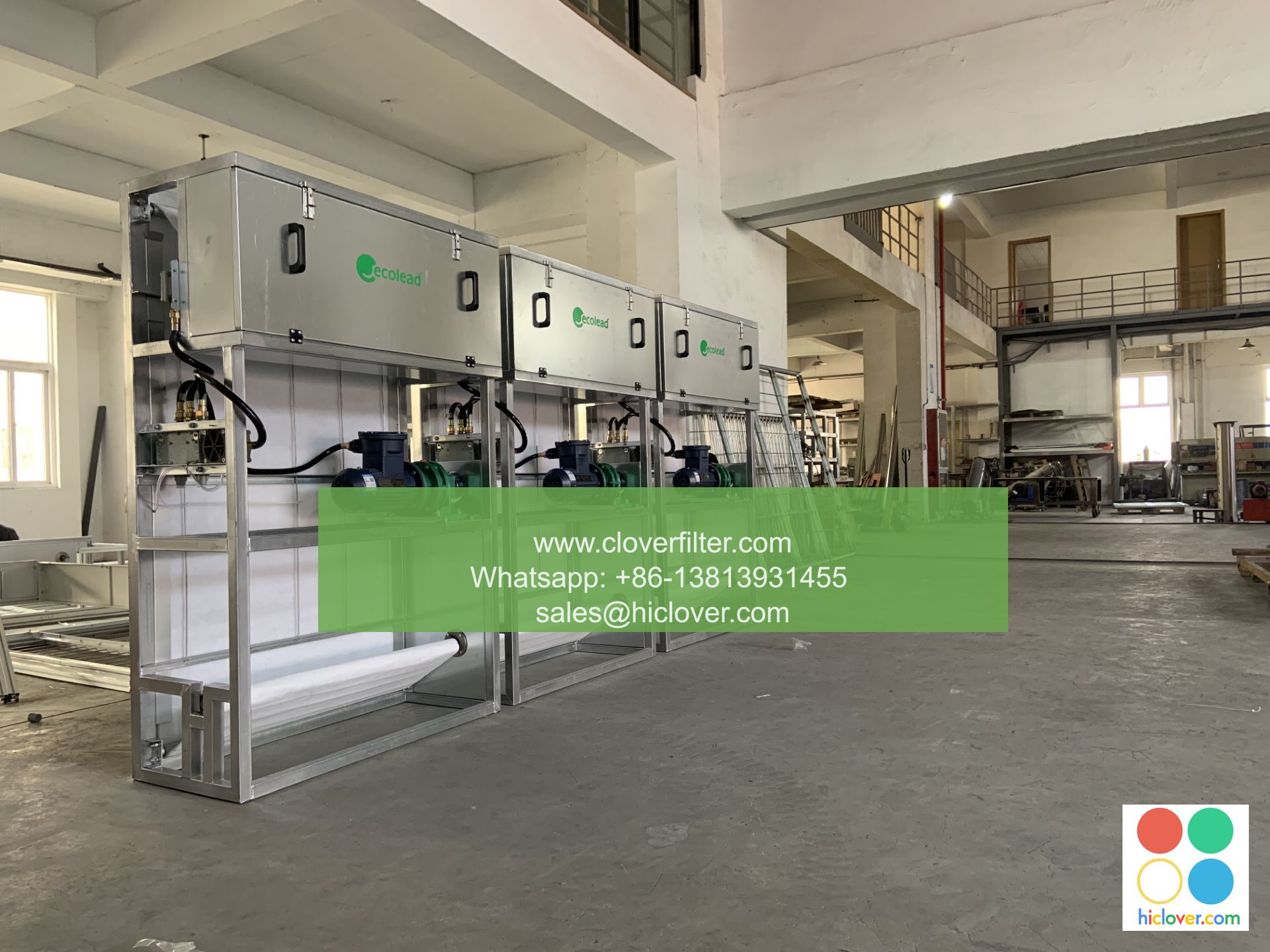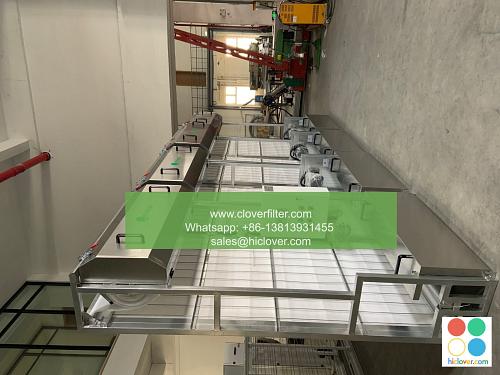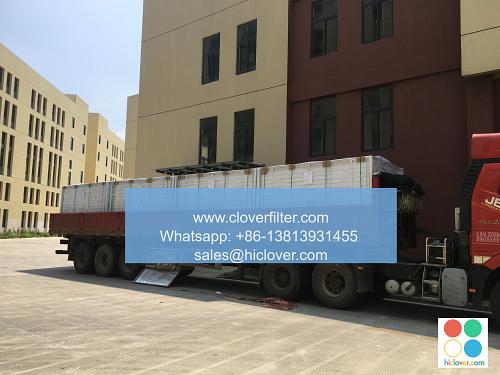Understanding Air Filter Shipping: A Beginner’s Guide

Understanding Air Filter Shipping: A Beginner’s Guide
What is Air Filter Shipping?
Air filter shipping refers to the process of transporting air filters from the manufacturer to the customer. With the increasing demand for air filters in various industries, understanding the basics of air filter shipping is crucial for both manufacturers and customers. In this article, we will delve into the world of air filter shipping and provide a comprehensive guide for beginners.
Types of Air Filters
Before we dive into air filter shipping, it’s essential to understand the different types of air filters. Air filters are categorized based on their material, design, and application. The most common types of air filters include:
- Fiberglass filters: Made from glass fibers, these filters are effective against dust, pollen, and other airborne particles.
- Synthetic filters: Made from synthetic materials, these filters are designed for high-efficiency air purification and are often used in industrial settings.
- Activated carbon filters: These filters contain activated carbon, which is effective against gases, odors, and volatile organic compounds (VOCs).
- HEPA filters: High-Efficiency Particulate Air (HEPA) filters are designed to capture 99.97% of particles as small as 0.3 microns.
- Ground shipping: This is the most common method of shipping air filters, as it is cost-effective and reliable.
- Air shipping: This method is faster than ground shipping but more expensive. It is often used for time-sensitive shipments.
- Freight shipping: This method is used for large quantities of air filters and is often more cost-effective than ground or air shipping.
- Wrapped individually: Each air filter should be wrapped in a protective material to prevent damage during transit.
- Placed in a sturdy box: Air filters should be placed in a sturdy box that is designed to protect them from shocks and vibrations during shipping.
- Labelled correctly: Air filters should be labelled correctly to ensure that they are delivered to the correct destination.
- HVAC: Air filters are used in heating, ventilation, and air conditioning systems to remove dust, pollen, and other airborne particles.
- Industrial manufacturing: Air filters are used in industrial settings to remove contaminants and improve air quality.
- Medical facilities: Air filters are used in medical facilities to remove airborne pathogens and improve patient care.
- Automotive: Air filters are used in vehicles to remove contaminants and improve engine performance.
Shipping Methods
Air filters can be shipped using various methods, including:
Packaging and Handling
Proper packaging and handling are crucial for ensuring the integrity of air filters during shipping. Air filters should be:
Application Areas
Air filters are used in various industries, including:
Conclusion
Air filter shipping is a complex process that requires careful planning and execution. By understanding the different types of air filters, shipping methods, packaging and handling, and application areas, manufacturers and customers can ensure that air filters are delivered safely and efficiently. Whether you are a manufacturer or a customer, understanding air filter shipping is crucial for ensuring the quality and integrity of air filters.
I’m happy to help! What’s the prompt you’d like to explore?


